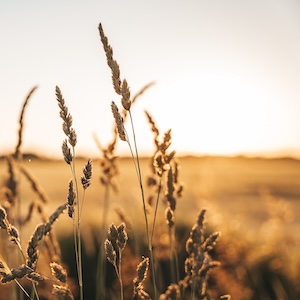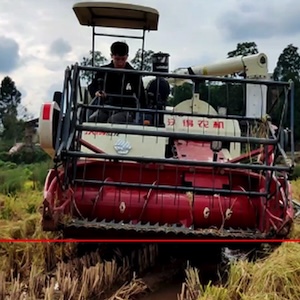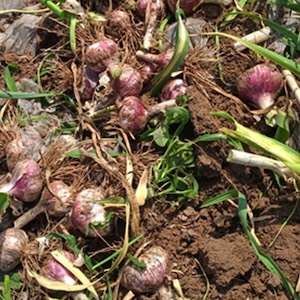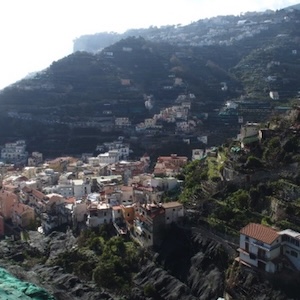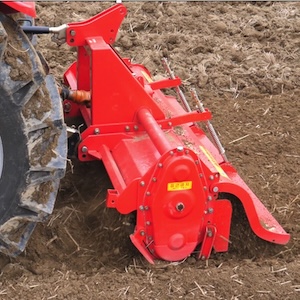Testing soil water repellency in a Sicilian area two years after a fire
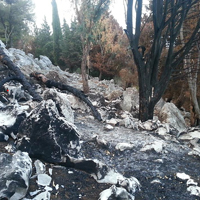
Published: 8 October 2019
Abstract Views: 1179
PDF: 580
HTML: 79
HTML: 79
Publisher's note
All claims expressed in this article are solely those of the authors and do not necessarily represent those of their affiliated organizations, or those of the publisher, the editors and the reviewers. Any product that may be evaluated in this article or claim that may be made by its manufacturer is not guaranteed or endorsed by the publisher.
All claims expressed in this article are solely those of the authors and do not necessarily represent those of their affiliated organizations, or those of the publisher, the editors and the reviewers. Any product that may be evaluated in this article or claim that may be made by its manufacturer is not guaranteed or endorsed by the publisher.
Similar Articles
- Fuhao Zhu, Jin Chen, Zhuohuai Guan, Yahui Zhu, Hao Shi, Kai Cheng, Development of a combined harvester navigation control system based on visual simultaneous localization and mapping-inertial guidance fusion , Journal of Agricultural Engineering: Vol. 55 No. 3 (2024)
- Andrea Formato, Salvatore Faugno, NUMERICAL SIMULATION OF AN AGRICULTURAL SOIL SHEAR STRESS TEST , Journal of Agricultural Engineering: Vol. 38 No. 1 (2007)
- Weronika Ptak, Jarosław Czarnecki, Marek Brennensthul, Use of 3D scanning technique to determine tire deformation in static conditions , Journal of Agricultural Engineering: Vol. 53 No. 1 (2022)
- Adilkhan Niyazbayev, Francesco Garbati Pegna, Kanat Khazimov, Erik Umbetov, Kulmuhanbet Akhmetov, Zhadyra Sagyndykova, Marat Khazimov, Power need of an implement for removing polymer residues from the soil surface in Kazakh horticulture , Journal of Agricultural Engineering: Vol. 53 No. 3 (2022)
- Giacomo Costagli, Matteo Betti, Avocado oil extraction processes: method for cold-pressed high-quality edible oil production versus traditional production , Journal of Agricultural Engineering: Vol. 46 No. 3 (2015)
- Volodymyr Bulgakov, Simone Pascuzzi, Semjons Ivanovs, Volodymyr Kuvachov, Yulia Postol, Francesco Santoro, Viktor Melnyk, Study of the steering of a wide span vehicle controlled by a local positioning system , Journal of Agricultural Engineering: Vol. 52 No. 3 (2021)
- Valentina Giovenzana, Stefano Baroffio, Roberto Beghi, Andrea Casson, Alessia Pampuri, Alessio Tugnolo, Diego De Filippi, Riccardo Guidetti, Technological innovation in the winery addressing oenology 4.0: testing of an automated system for the alcoholic fermentation management , Journal of Agricultural Engineering: Vol. 52 No. 4 (2021)
- Noureldin Sharaby, Artyom Doroshenko, Andrey Butovchenko, Modelling and verification of sesame seed particles using the discrete element method , Journal of Agricultural Engineering: Vol. 53 No. 2 (2022)
- Zanbin Zhu, Yubin Li, Shoufu Gong, Design and experiment of Internet-of-Things cooling system in glass greenhouse based on computational fluid dynamics simulation , Journal of Agricultural Engineering: Vol. 54 No. 3 (2023)
- Johnny Moretto, Emanuel Rigon, Luca Mao, Lorenzo Picco, Fabio Delai, Mario Aristide Lenzi, Medium- and short-term channel and island evolution in a disturbed gravel bed river (Brenta River, Italy) , Journal of Agricultural Engineering: Vol. 43 No. 4 (2012)
<< < 9 10 11 12 13 14 15 16 17 18 > >>
You may also start an advanced similarity search for this article.

 https://doi.org/10.4081/jae.2019.988
https://doi.org/10.4081/jae.2019.988




